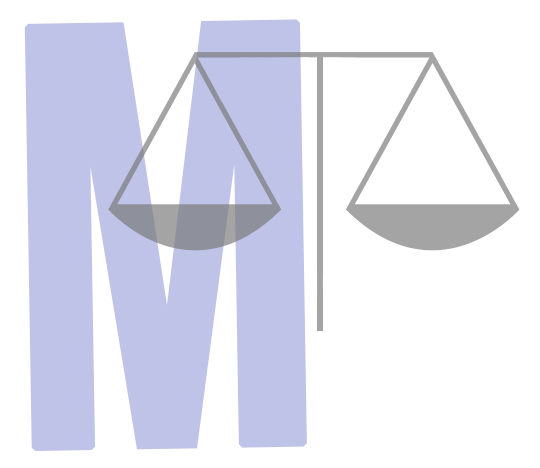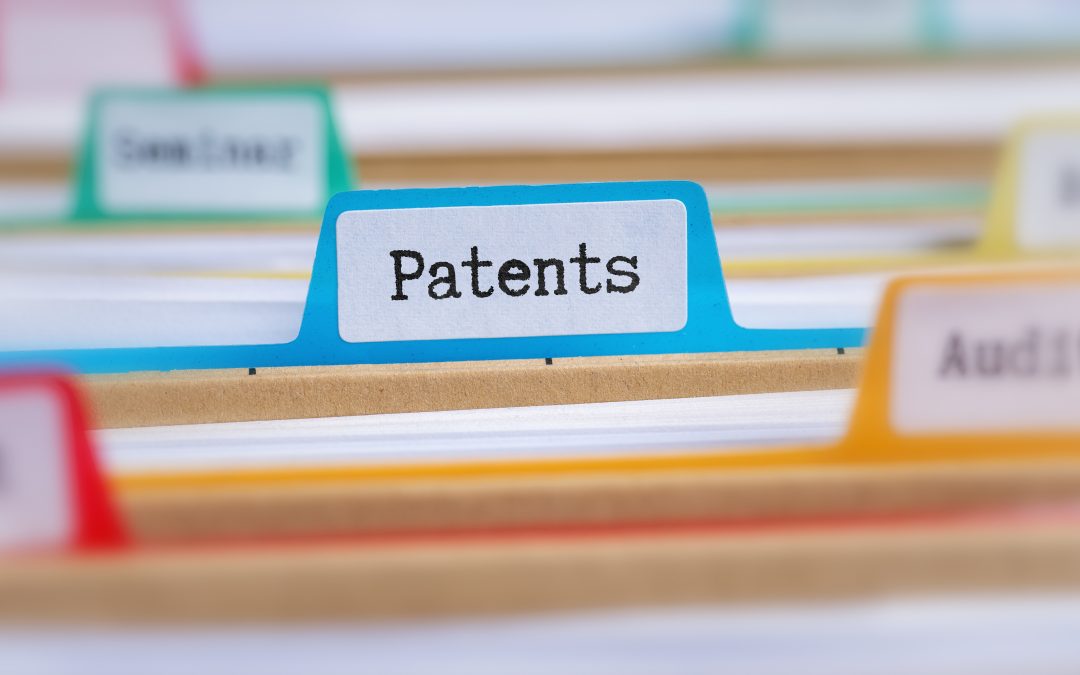Many inventors and entrepreneurs wondering what the best steps are before filing a patent application are:
1. Is a patent necessary?
In some instances a patent may not be the best option to protect your invention. Taking with an Intellectual Property attorney will help you determine if your invention is patentable material, if the invention should be protected by a trade secret, or if a trademark or copyright are more efficient and cost effective routs for protection.
2. Have I disclosed the invention to the public?
For protection in the U. S., inventors have one year to file a patent application after the first public disclosure. However, to obtain protection in most foreign countries, a patent application must be filed prior to any disclosure to the public (in other words, in foreign countries there is no one-year grace period). Under United States law, a public disclosure occurs when an invention is: A. Described in a printed publication anywhere in the world; B. Placed in public use in the United States; or C. Offered for sale in the United States. Examples of public disclosure include; posting on the internet, displaying at a trade show, using in public, etc. If you feel your invention has been disclosed for more than a year talk with an attorney to understand exactly what option are available to you.
3. Have I searched to determine if anyone else has a patent on my invention?
Do you know if anyone else has already patented the same invention? With over 20 million and counting patent applications, and a fraction of those being in the marketplace. You want to make sure that your invention is novel in relation to the relevant prior art references. Doing a search online provides a high level assessment but having a professional search performed, and having an attorney review the results will provide a much more detailed and accurate conclusion on the patentability of your invention.
4. Is a provisional necessary?
Provisional applications can be useful when you have improvements to be made on the invention you are working on. You can file additional provisional applications for any improvements and combine multiple provisional patent applications that have been filed within the last 12 months when you file your non-provisional patent application. You can also add in any new developments in the non-provisional itself. This allows you to go out and get market research, have engineers work with you, and perfect the product without the fear of someone stealing your invention.
5. What type of patent to file?
Regardless of having a provisional filed or not, when converting it to a non-provisional you need to determine if your application will be a utility or design application. A utility patent is the most common and protects the functional aspects of your invention. They provide broader protection and are capable of protecting different variations of the product in a single application. A design patent does not protect the functional aspects of the invention, instead it protects the appearance or ornamental design of the invention, but does provide a cheaper alternative and typically requires less time to be granted.
– Andrew Morabito


Recent Comments